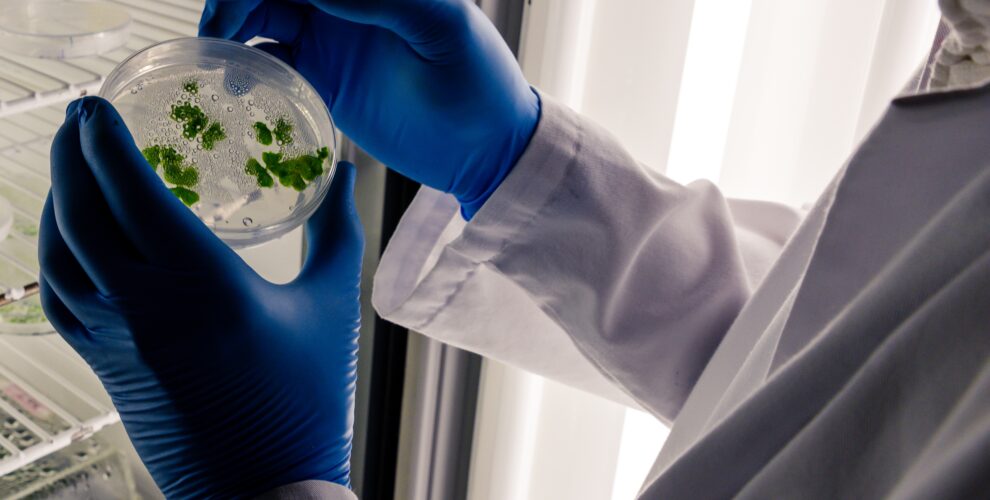A significant threat to public health and food safety is microbial contamination, which is the root of many diseases caused by food around the world. At any point in the food production process, there is a chance of microbial contamination. The necessity to increase food safety and eliminate microbial contamination from the food production system is obvious. However, the best microbiology college in Coimbatore understands the importance of microorganism survival in food production and reducing the incidence of microbial contamination through crucial discoveries and cutting-edge technologies. This article explores the factors affecting microbial growth and the causes of microbes.
What are the effects that microbes have on food safety?
Microbes have a significant impact on food safety and quality. While some microbes are harmless or even beneficial, others can cause foodborne illnesses and spoilage, leading to serious health risks and economic losses. Let’s discuss this in detail.
1. When consumed, specific harmful bacteria, viruses, parasites, and fungi can contaminate food and lead to foodborne diseases. Salmonella, Escherichia coli (E. coli), Listeria monocytogenes, Campylobacter, Norovirus, and other bacteria are among them. Foodborne infections can cause symptoms such as diarrhea, nausea, vomiting, and abdominal discomfort, as well as, in more serious cases, hospitalization or even death.
2. A significant factor in food degradation is microbes. Food components are broken down by spoilage microorganisms such as bacteria, yeasts, and moulds, which results in unfavourable changes in flavour, texture, odour, and appearance. This could make the food tasteless, less nutritious, and have a shorter shelf life. Pseudomonas, Bacillus, Aspergillus, and Penicillium species are typical spoilage microorganisms.
3. Different methods of food preservation make use of microbes and their activity. For instance, when fermentation occurs (as in yoghurt, sauerkraut, and kimchi), good bacteria turn glucose into lactic acid, which creates an acidic environment that prevents the formation of bad bacteria. The controlled growth of particular bacteria produces ideal circumstances for flavour development while preventing deterioration in curing methods (for example, for meats and fish).
4. Maintaining food safety requires an understanding of microbiological threats. To avoid contamination and the development of hazardous germs, the food industry follows strict hygiene procedures, including thorough handwashing, cleaning and sanitizing surfaces that come into contact with food, and temperature control. Systems called Hazard Analysis and Critical Control Points (HACCP) are frequently used to locate possible microbiological dangers and set up safeguards.
5. Microbial testing is done to guarantee the quality and safety of food. Pathogens, spoilage organisms, and indicator bacteria can all be found and identified using techniques including next-generation sequencing (NGS) and microbiological investigation. These tests assist in observing and confirming the efficacy of safety measures for food and preventing the distribution of tainted or spoiled food.
6. Probiotics, or specific helpful microorganisms, are purposefully introduced to foods and beverages to support gut health and general well-being. When ingested in sufficient proportions, probiotics, such as specific strains of Lactobacillus and Bifidobacterium, have been found to have positive effects on health.
The top microbiology college in India considers these as a huge crisis and the topic of food safety and quality needs to be addressed to improve food hygiene.
The common factors to keep your food safe:
In food sources where there are adequate supplements and good circumstances for development, microorganisms can flourish. The most significant of these microorganisms to consider microbes since while they are frequently innocuous or advantageous, they can be extremely perilous. Yeasts, moulds, and infections are different microorganisms that can exist in food and cause security dangers. Let’s learn how to keep your food safe and quality.
1. Temperature is one of the most crucial aspects of microbial growth. Understanding what temperature different food varieties should be kept at voluntarily assists you with controlling microbial development. The majority of bacteria thrive in temperatures between 5 and 60 degrees Celsius, so most foods are kept out of this range as much as possible.
2. Dampness content in food assumes a huge part in the quantity of microorganisms it contains. The food’s water content can either encourage or inhibit growth. This dampness can be estimated using water action (aw). You will learn how to maintain the ideal conditions for food safety from your food safety or food safety syllabus that covers your degree while you pursue it at the best MSc Microbiology College in Coimbatore.
3. In the future when you consider your job in food safety, you will be logically acquainted with botulism. The botulinum poison, Clostridium botulinum, that can show up in canned food items causes this perilous disease. The bacterium Clostridium botulinum thrives in oxygen-deprived environments. pH levels are crucial to preventing the growth of these harmful bacteria in foods that are in cans or oxygen-free environments. Foods with an acidity of less than 4.6 pH stop the growth of Clostridium botulinum.


